Advanced Fertility Treatments at Yashoda Fertility & Research Institute with better take-home-baby rates
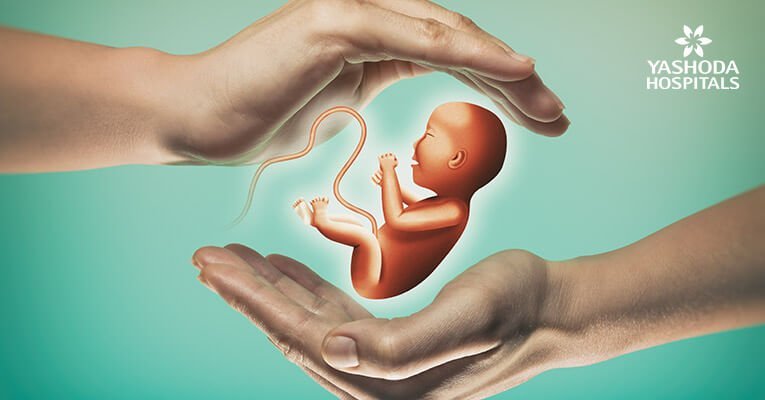
Case – 1
A couple who had primary infertility for 10 years walked in for fertility treatment.
Previous Treatments:
Female Partner had multiple cycles of ovulation induction and IUI (Intra-Uterine Insemination) followed by one IVF cycle at another fertility center. The response in that IVF cycle was poor with a poor quality embryo transferred with a negative outcome
Options discussed in that center:
Egg Donation Cycle
Investigations & Diagnosis:
On investigation, the female partner was found to have low AMH and low ovarian reserve with normal endometrium. Male Partner had normal findings
Clinical Management at Yashoda Fertility & Research Institute (YFRI)
The Female partner was given medication(DHEA) to improve ovarian reserve. She was planned for minimal stimulation ICSI with Letrozole which resulted into grade A Embryos. Vitrification of embryos was done followed by frozen thaw transfer of the embryos. The result was the birth of a healthy baby
Conclusion:
DOR or Decreased Ovarian Reserve ( Premature Ovarian Ageing) is a challenging situation
DHEA plays a huge role in improving the outcomes in these women. Combination of these advanced treatments (ICSI, Vitrification) in these challenging scenarios will give these women a chance to have their own biological offspring.
Case – 2
A couple who has been suffering from primary infertility for 8 years came for fertility treatment. Female partner was aged about 34 years and the male was 38 years. Male partner found to be subnormal with low sperm count and motility while female partner had endometriosis and having fibroids.
Previous Treatments:
Female partner had undergone hysterolaproscopy at another hospital with operative findings of multiple fibroids for which myomectomy was done for the fibroids which were approachable. One posterior intramural fibroid of 4×5 cm was left behind as approach was difficult due to bowel adhesion. Recto vaginal endometriosis was seen. She had a failed IVF cycle at that center
Investigations & Diagnosis at Yashoda Fertility & Research Institute (YFRI)
- Female partner had an AMH – 1.2(low ovarian reserve)
- Ultrasound: Intramural post wall fibroid 4×5 cm was seen pushing the Endometrial cavity and bilateral chocolate cysts were seen, nearly 5×6 cm each.
- MRI PELVIS – same findings and fibroid mapping was done.
Clinical Management at Yashoda Fertility & Research Institute (YFRI)
The patient was planned for robotic myomectomy and pelvic clearance. Endometrial cysts were drained, Cystectomy was avoided, myomectomy was also done after complete pelvic clearance of adhesion. Postoperative GnRH analog given followed by ICSI. Final outcome was the birth of healthy twins.
Conclusion:
Advanced minimally invasive procedures and assisted reproductive techniques together can give excellent fertility outcomes.
Case – 3
A couple who has been married for 7 years and anxious to conceive came for fertility treatment. It was a case of primary infertility. Female partner was aged about 30 years and male partner 34 years. Male partner was found to be normal while the female partner was obese (BMI of 30).
Previous Treatments done at other fertility centers:
Female partner had multiple cycles of COH wherein poor endometrium was found in stimulated cycles. She has undergone hysterolaproscopy for PCOD. Ovarian drilling was done and tubes were patent. After doing Hysteroscopy, endometrium was found to be pale with less vascularity.
The patient had undergone two IVF cycles. Endometrium was poor even with hormone replacement. She has advised surrogacy.
Evaluation at Yashoda Fertility & Research Institute (YFRI):
- Ultrasound: AFC >10 on each side with an endometrium of 6 mm.
- Hormonal Assay: Androgen excess with elevated 17 hydroxy progesterone was seen.
- Diagnosis : Late onset congenital adrenal hyperplasia.
Clinical Management at Yashoda Fertility & Research Institute (YFRI)
The patient was referred to Endocrinologist for a review. Genetic counseling was done after Steroid was added to treatment there was an improvement in Endometrial thickness to 9 mm (from 6 mm). The patient delivered a healthy baby at term without the need for surrogacy.
Conclusion:
Clinical diagnosis of PCOS should be done with caution. Androgen excess conditions should be excluded. Proper evaluation and management gave a successful outcome in this women.

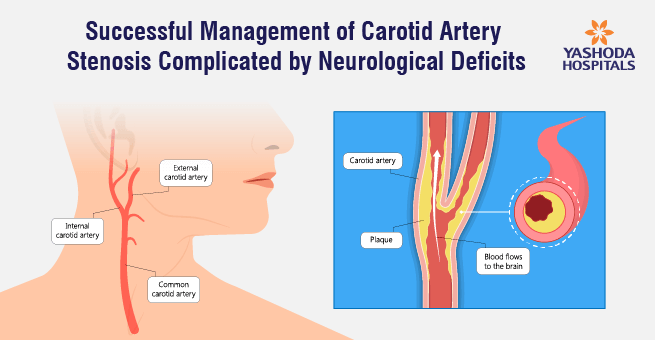
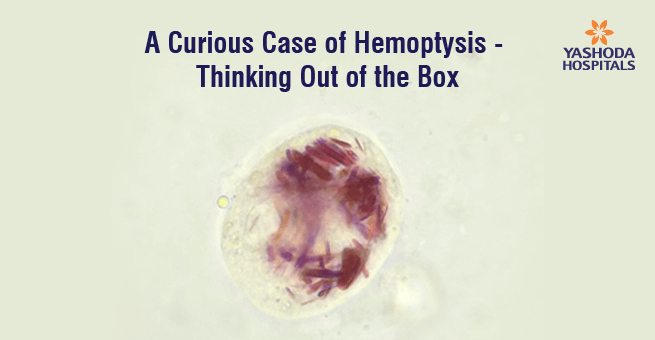
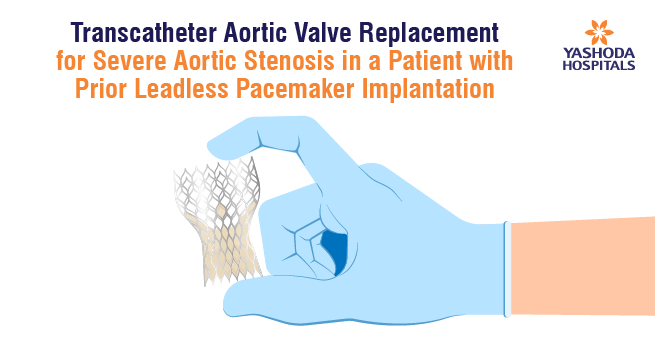
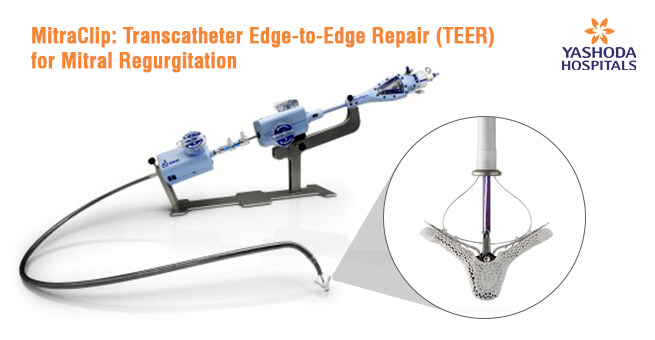
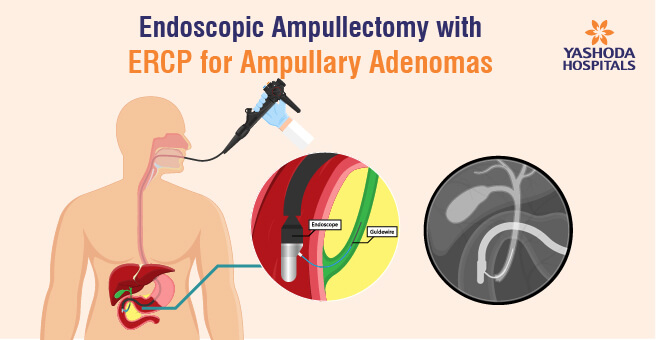
 Appointment
Appointment WhatsApp
WhatsApp Call
Call More
More

